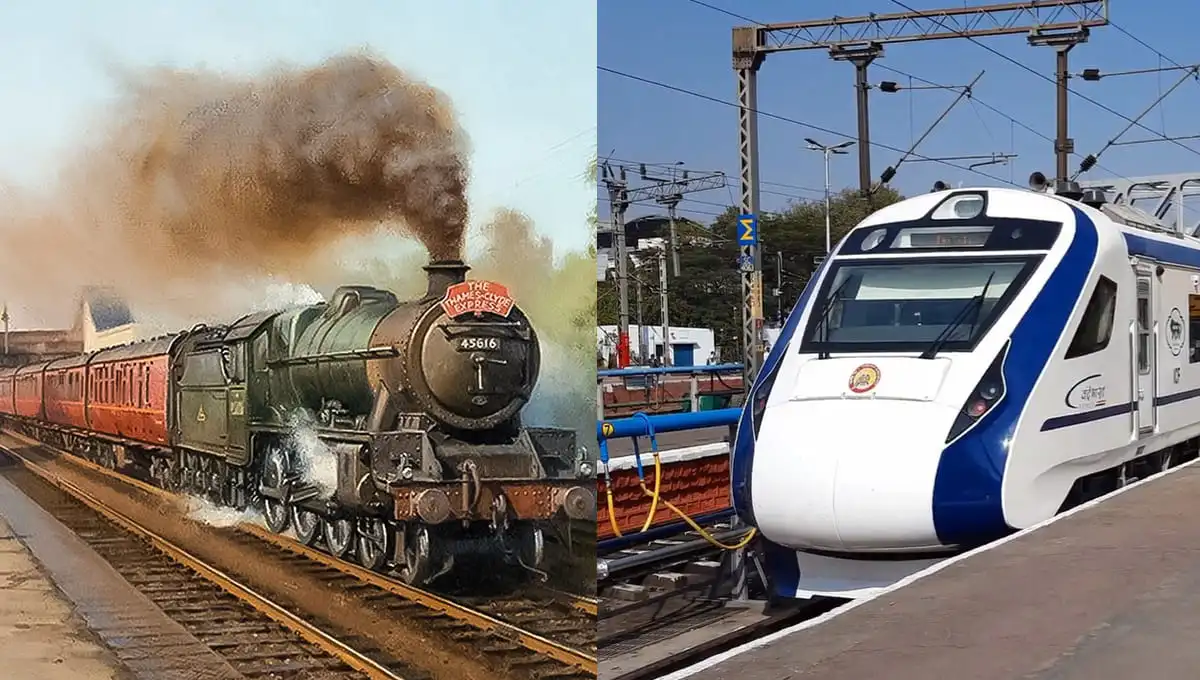
Indian Railway: History Of The Indian Railway From The First Train To Today
Glimpse Of Indian Railway History
Indian Railways has such a strong history that goes back well over 169 years. The first passenger train ran the 34 km route between Thane and Bori Bunder on April 16, 1853. It had thirteen compartments and was operated and pulled by three engines with the labels of Sahib, Sultan, and Sindh.
This post goes deep into the rich and detailed history of one of the largest rail employers in the world, from the British Raj to the existing rail operations of a developing country India.
On the basis of the foundation, the history of the Indian railway can be simply categorized.
1832-1852: Railroad Industrialization Era.
1853-1924: The Development and Implementation of Passenger Railroads.
1925-1946: Railroad Electrification and Future Growth.
1947-1950: The Effects of the Partition.
1951-1983: Railway Development and Zonal Re-organization.
1984- Present: Rapid Transit and Later Development of Railways
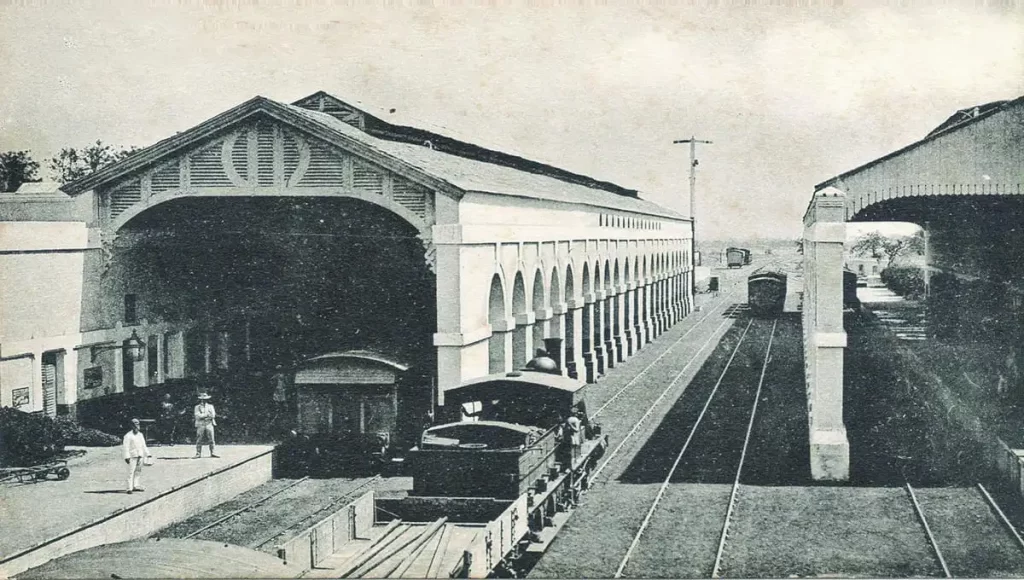
1832-1852: Railroad Industrialization Era.
The British government proposed India’s first railways in Madras in 1832. The first train in the nation arrived in Madras in 1837. From Red Hills to Chintadripet Bridge, the Red Hill Railways was built. Arthur Cotton constructed it in 1836 to transport granite. The East India Railway and the Madras railway were both incorporated in 1845, on May 8th of that year.
Lord Dalhousie served as the governor-general of India from 1848 to 1856. Because of his well-known railway minutes of 1953, which he used to kickstart the introduction of the railways in India, he was dubbed the father of railways. A parliamentary act established the Great Indo-Peninsular Railway in 1849.
Lord Dalhousie served as the governor-general of India from 1848 to 1856. Because of his well-known railway minutes of 1953, he convinced the British to introduce the railways in India, he was Known as the “Father of Railways”. A parliamentary act established the Great Indo-Peninsular Railway in 1849.
1853-1924: The Development and Implementation of Passenger Railroads..
The first railway line in India, reaching up to 34 kilometers across Boribandar (Bombay) to Thane, was completed on April 16, 1853, with a memorial to Lord Dalhousie. Three steam locomotives, the Sahib, Sindh, and Sultan, carried the 14-carriage train. The train could carry 400 people at a time while traveling 34 kilometers. The Great Indian Peninsula Railway constructed and runs the passenger line, 1676 mm (5 ft 6 in) broad gauge track was used to build this train.
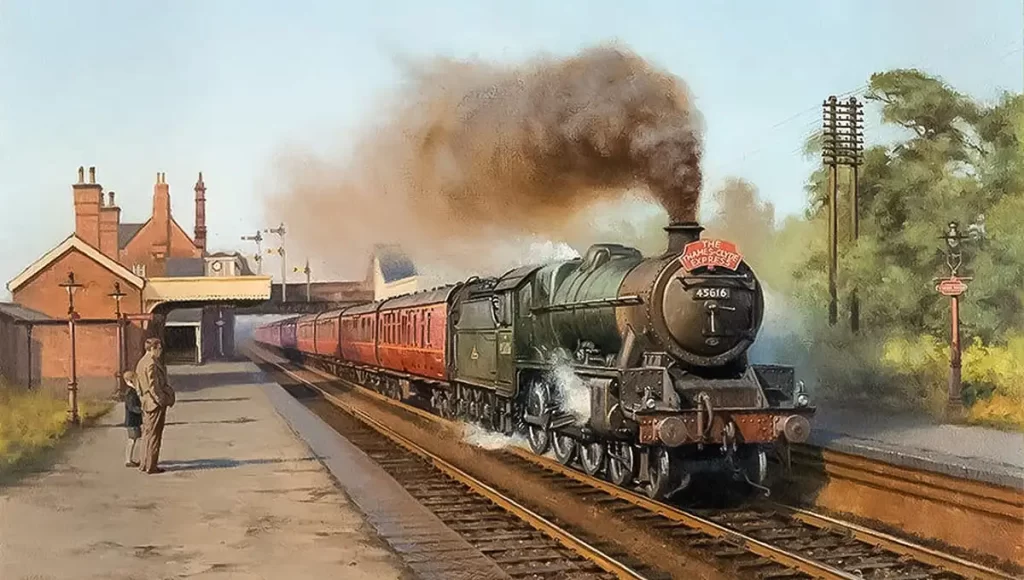
Thanks to the success of the train, railways made the monumental decision to build the track on the Bhor track. Over the course of nine years and at immense cost, this track was built at an elevation of 2000 feet to connect Bombay to Poona (now Pune). It had tunnels and reverse verdicts. The next significant city in the north to get a railway was Lucknow. The first line of the Oudh and Rohilkhand railway, which linked Kanpur and Lucknow, was established in April 1864.
On February 24, 1873, the very first horse-drawn tramway in India was inaugurated in Calcutta between Sealdah and Armenian Ghat Street, a distance of 3.8 kilometers. The Great South Indian and Carnatic Railways joined to become the South Indian Railway Company in the succeeding year. The tramway between Colaba and Parel in Bombay started running on May 9, 1874. The East Coast State Railway was founded 10 years after the Calcutta Tramways Company.
1925-1946: Railroad Electrification and Future Growth.
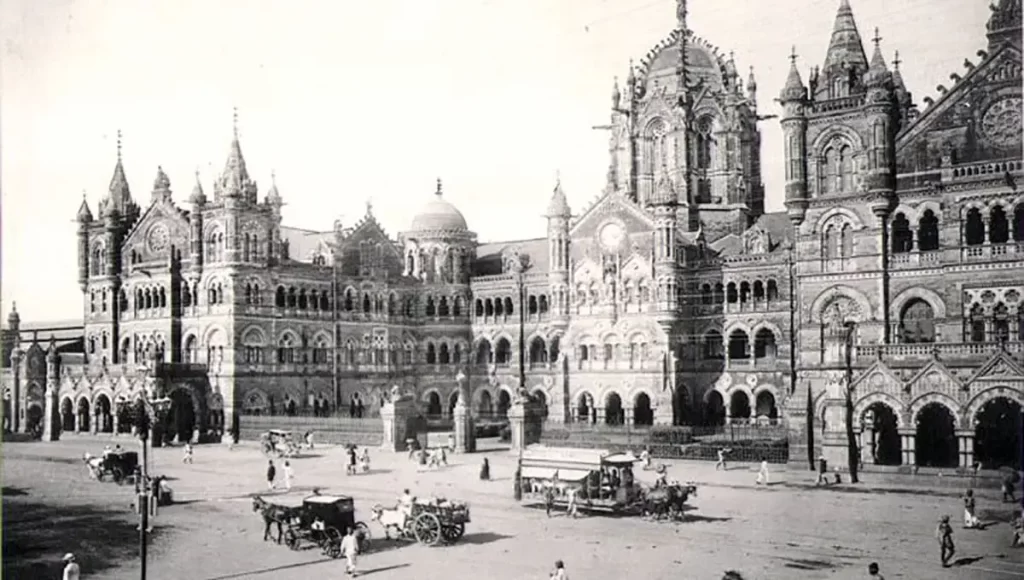
The Oudh and Rohilkhand were introduced in 1924, and on 3 February 1925, the first electric passenger train in India ran between Victoria Terminus and Kurla Harbour. The first railway budget was also submitted that year. The segment of VT-Bandra was electrified (with an elevated platform at Sandhurst road). Poona and Igatpuri were included in the electrification process once the bhore and thal ghats were finished. In Lucknow, the Charbagh railway station was constructed in 1914. In January 1928, the Bandra-Virar segment was electrified with 1,500 DC. In 1864, Delhi Junction was established as the first station in the North.
1947-1950: The Effects of the Partition.
London has been chosen as the location for the majority of the British railway company’s headquarters. This started the authorized flow of money leaving the country. Due to this, there was a debt, between 1903 and 1945, accounted for 50% of the total national debt.
London has been chosen as the location for the majority of the British railway company’s headquarters. As a result, money began to leave the country legally. Due to this, there was a debt, between 1903 and 1945, accounted for 50% of the total national debt.
40% of the railway tracks were now located in the newly formed Pakistan after India gained its independence in 1947, which caused a problem for the railways. In order to connect the major cities of the new India, including Jammu, this problem was overcome by installing new railway tracks, although this came at a high cost to the Indian government.
1951-1983: Railway Development and Zonal Re-organization.
As India began its post-independence phase. At the organizational level, the railways experienced significant changes. Indian Railways was divided into different zones in order to diversify its railways at the zonal level. There are now six distinct zones, each with a set price based on the ticket class.
Indian railways were divided into three zones in 1951: the Southern railway (14 April 1951), the Central Railway (5 November 1951), and the Western Railway (5 November 1951). The stations at Kanpur Central and Lucknow were inaugurated in 1928.
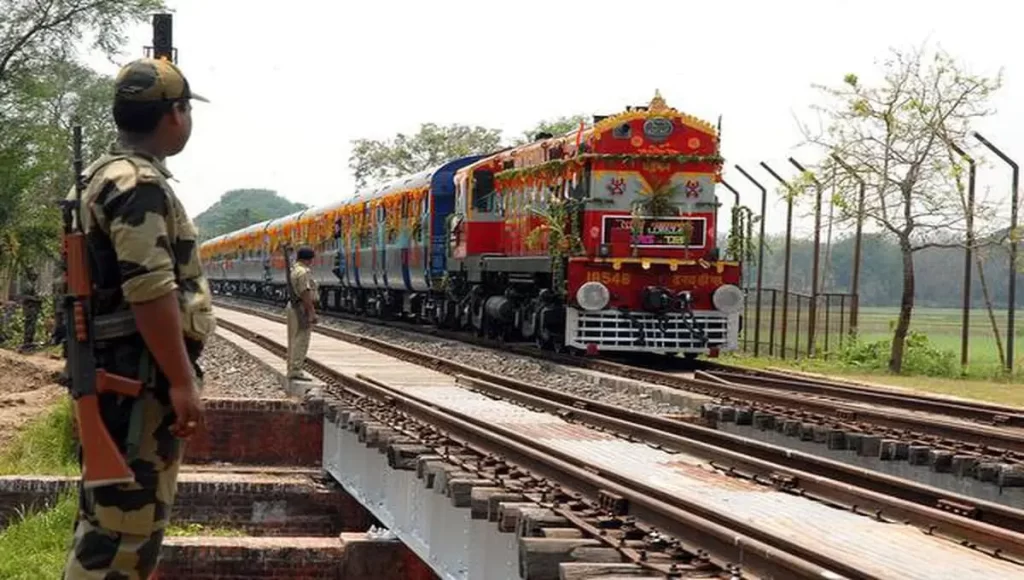
The grand trunk express’s route was moved to Delhi-Madras that year, and the Hyderabad Godavari Valley Railway was merged into Nizam’s Guaranteed State Railway. Between Howrah and Delhi, the first train to be equipped with air conditioning debuted in 1956. (currently known as Poorva express). Direct electricity at 1500 volts was used to power the train.
Beginning in 1966, a containerized freight route connected Mumbai and Ahmedabad. Mumbai’s electrical multiple units are its lifeline. On the Great Indian Peninsular Railway, there were 703 regular services and 13.2 lakh regular passengers in 1981, respectively.
1984- Present: Rapid Transit and Later Development of Railways
India’s first rapid transit line, the Calcutta metro, opened on October 24, 1984, running from Esplanade to Bhawanipur (now the Netaji Bhawan station).
In New Delhi, computerized reservations and ticketing were introduced in 1986. India’s fastest train, the Shatabdi Express, made its debut between New Delhi and Jhansi in 1988. The line was eventually extended to Bhopal. The first self-printing ticket machine debuted in New Delhi in 1990. 1993 saw the introduction of air-conditioned, three-tier carriages with a sleeper (separate from second class).
The Bina-katni line’s first regularly scheduled services with 2 X 25 kV traction began on January 16, 1995. The CONCERT system of computerized reservations was launched in New Delhi, Mumbai, and Chennai in September 1996. In 1998, Mumbai saw the introduction of coupon-validating machines (CVMs).
The Gatimaan Express, the fastest train in India, had its inaugural run from Delhi to Agra on April 5, 2016. On April 11 of that year, the central railway zone switched to 25 kV AC traction, ending its usage of DC traction in the Mumbai region and on the country’s main-line railway system. India’s entire rail network will be electrified by 2022, IR announced on March 31, 2017.
Indian Railways and DFCCIL (Dedicated Freight Corporation Council of India)
DFCCIL is a subsidiary that the Indian government owns. Its headquarters are in New Delhi, where it was founded on October 30, 2006, and it is governed by the Companies Act of 1956.
The Planning Commission Task Force was established to organize the projects on Delhi-Mumbai (Western) and Delhi-Howrah (Eastern) in order to prepare them in a timely manner after the Indian and Japanese government agencies announced their partnership for the ease and funding of the dedicated rail transport corridors.
The feasibility study report for both the corridors and the task force report was submitted by RITES in January 2006. It was “in principle” authorized by the cabinet committee on economic affairs (CCEA). Following that, RITES delivered the PETS Report, which served as the foundation for the project’s 28,181 crore approval.
The Vande Bharat Express
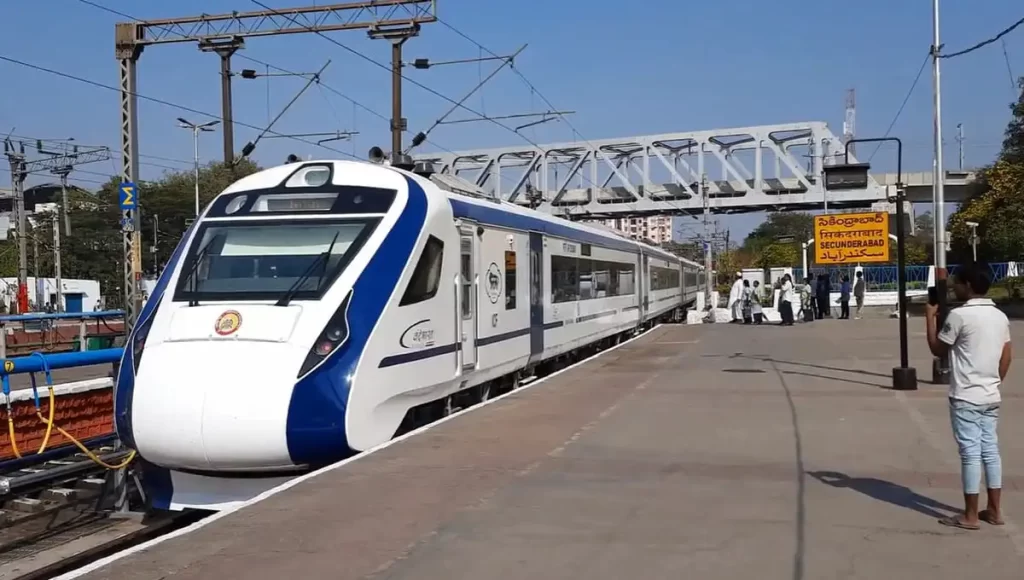
The new 16-coach carriers boast faster acceleration than previous Vande Bharat Express trains, reaching 160 km/hr in just 129 seconds, compared to 146 seconds before. These trains are equipped with CCTV cameras and a communication system for passengers to speak with crew members in case of emergencies. They are also Kavach compatible, meaning they are fitted with the Automatic Train Protection system, developed in India, to prevent train collisions by automatically activating the brakes if a driver exceeds the speed limit. These trains can navigate the challenging terrain of Maharashtra’s hills without the need for additional locomotives, thanks to the fitting of parking brakes to prevent rollback.
ALSO READ:
